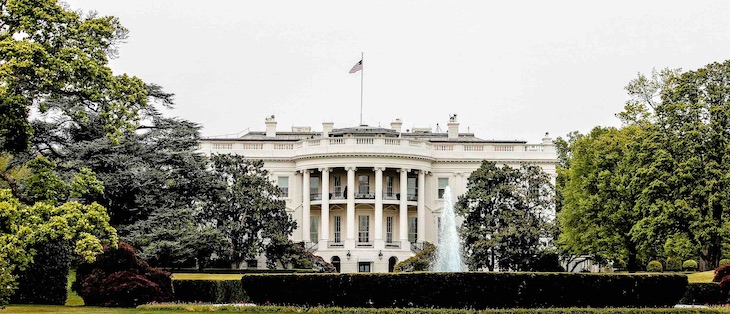Please note: this article is more than one year old. The views of our CIO team may have changed since it was published, and the data on which it was based may have been revised.
Our latest CIO Special highlights the significance of China’s swift decision to end its zero-Covid policy and implement economic stimulus measures for countries around the globe that are major exporters of commodities.
We refer not only to the expected increase in demand for commodities, but also to the roles of supply, tight labour markets and monetary policy expectations.
Our key takeaways are as follows:
- The Australian dollar, the Canadian dollar, the Norwegian krone and – to a lesser degree – the Brazilian real are frequently referred to as "commodity currencies” because of the strong correlation between their external value and commodity prices.
- These currencies could benefit from higher commodity prices, should demand be fuelled thanks to China’s reopening.
- Potential further rate hike decisions by the respective national central bank (to rein in persistent inflation) could also support the respective country’s currency.







